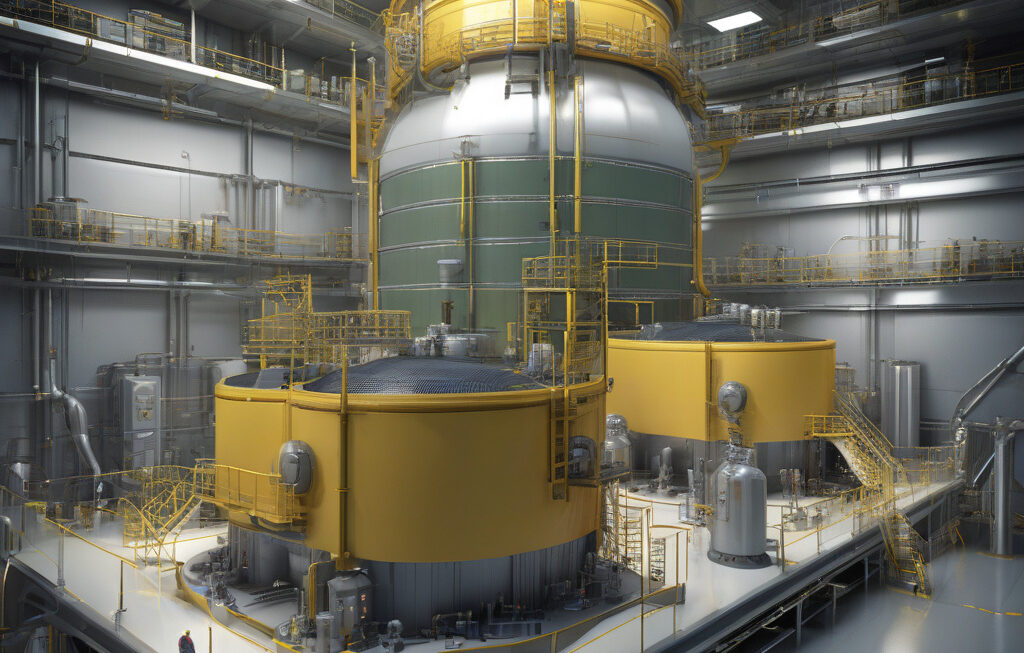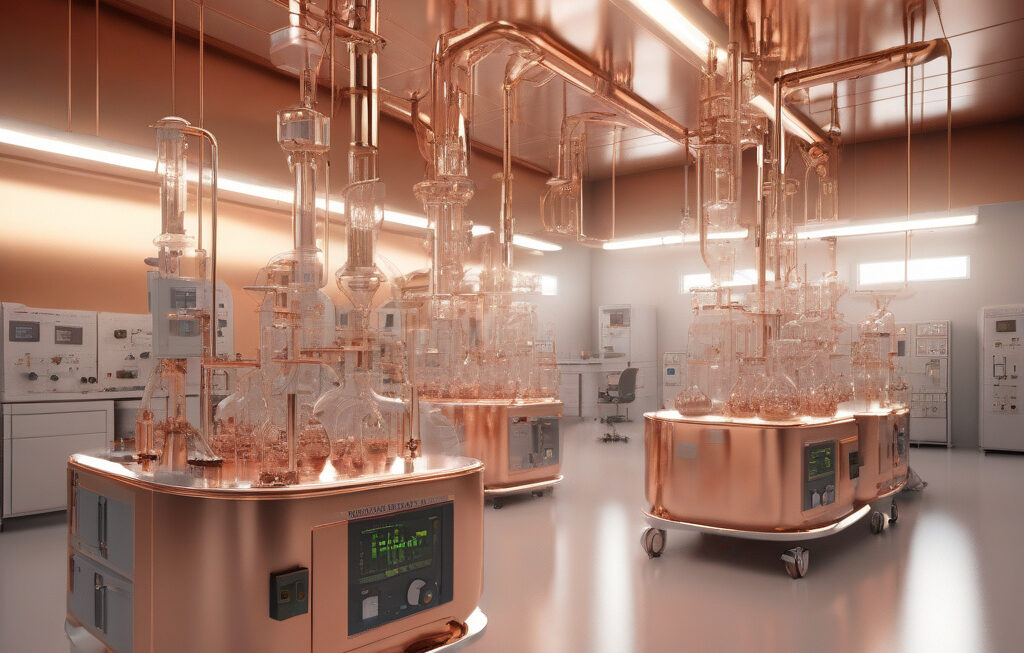Quantum Cavities: The Key to Controlling Reaction Speed in Chemistry
Chemists have always relied on physical changes such as heat, cold, pressure, light, or extra reactants to speed up or slow down chemical reactions. However, a groundbreaking discovery in the world of quantum physics has opened up a whole new realm of possibilities for controlling reaction rates: quantum cavities.
Scientists have recently found that by manipulating these quantum cavities, they can directly influence the speed at which chemical reactions take place. This discovery has the potential to revolutionize the field of chemistry, offering unprecedented control and precision in the development of new materials, drugs, and technologies.
So, what exactly are quantum cavities? Quantum cavities are tiny structures that can trap light and create a vacuum for electromagnetic waves. By confining photons in a small space, these cavities can significantly alter the properties of light and matter at the quantum level.
In the realm of chemistry, quantum cavities can be used to modify the behavior of molecules during a reaction. By placing the reactants inside the cavity and tuning its properties, scientists can effectively speed up or slow down the reaction rate. This level of control was previously unimaginable and represents a major step forward in the quest for precision chemistry.
One of the key advantages of using quantum cavities to control reaction speed is the ability to fine-tune the process without the need for external stimuli such as heat or pressure. This not only simplifies the experimental setup but also allows chemists to precisely adjust the reaction conditions to achieve the desired outcome.
For example, imagine a scenario where a certain chemical reaction produces a valuable compound but is currently too slow to be practical on an industrial scale. By leveraging quantum cavities to accelerate the reaction rate, scientists can optimize the process and increase the yield of the desired product, making it commercially viable.
On the other hand, there are situations where slowing down a reaction is necessary to study intermediate states or prevent side reactions. Quantum cavities provide a versatile tool for achieving this level of control, offering unprecedented flexibility in manipulating chemical processes.
Furthermore, the use of quantum cavities opens up new possibilities for exploring exotic reaction pathways that were previously inaccessible. By creating unique environments inside the cavities, scientists can uncover novel reaction mechanisms and potentially discover entirely new classes of materials with unique properties.
In conclusion, the discovery of how to speed up or slow down reactions using quantum cavities represents a major breakthrough in the field of chemistry. By harnessing the power of quantum physics to manipulate reaction rates at the molecular level, scientists are ushering in a new era of precision and control in chemical synthesis.
As research in this area continues to advance, we can expect to see exciting developments in areas such as drug discovery, materials science, and nanotechnology, with the potential to revolutionize multiple industries. The future of chemistry is indeed bright with the possibilities offered by quantum cavities.
#QuantumCavities, #ChemicalReactions, #PrecisionChemistry, #InnovationsinChemistry, #QuantumPhysics











